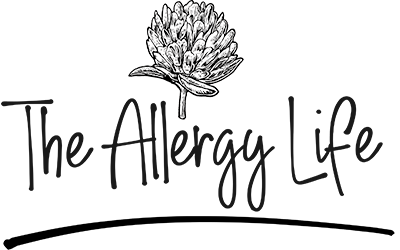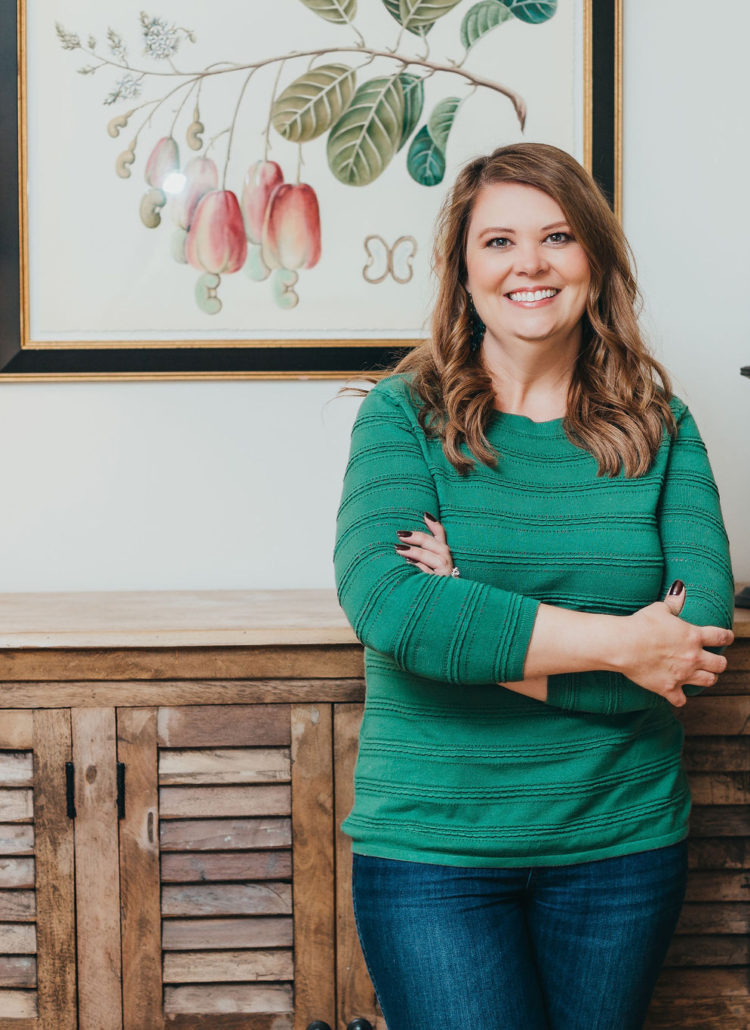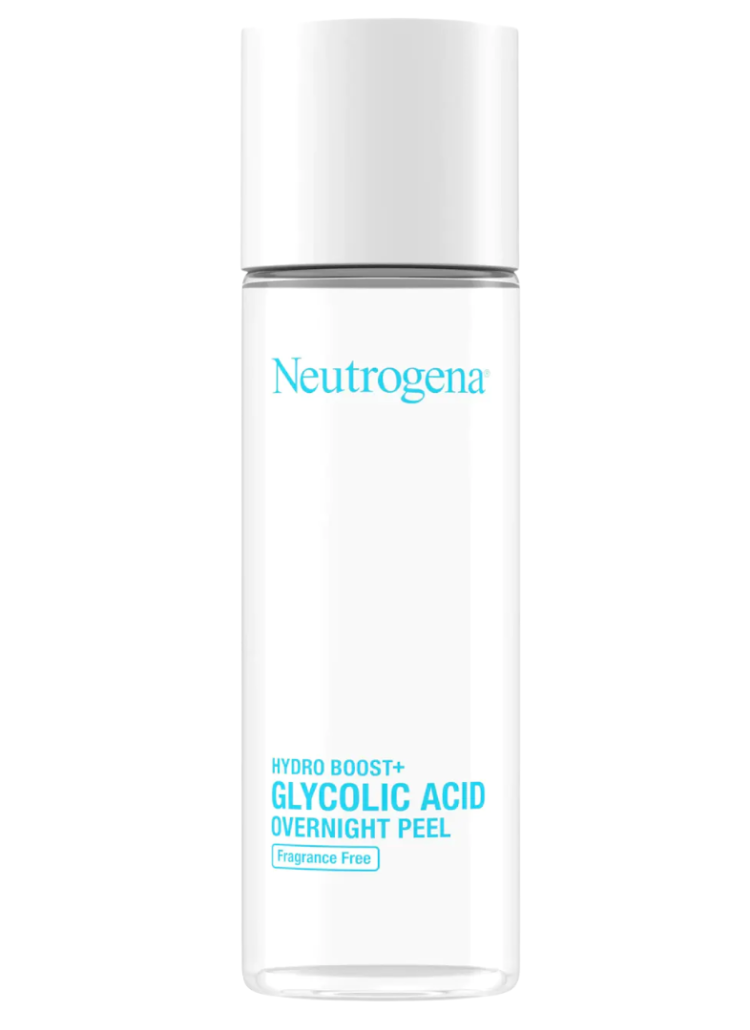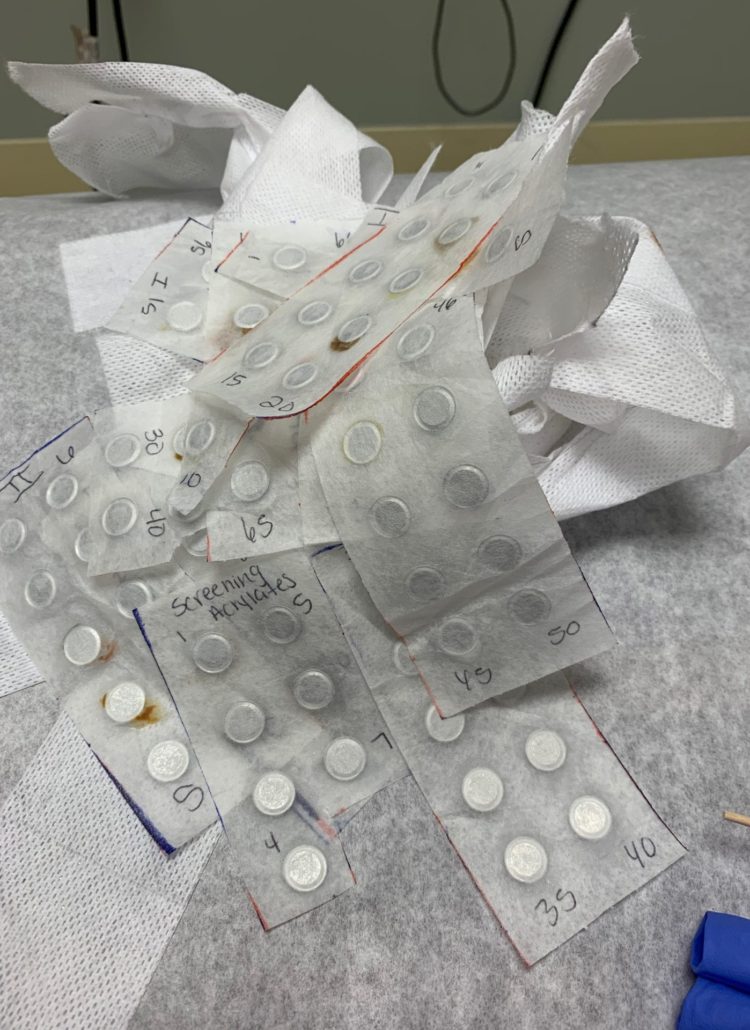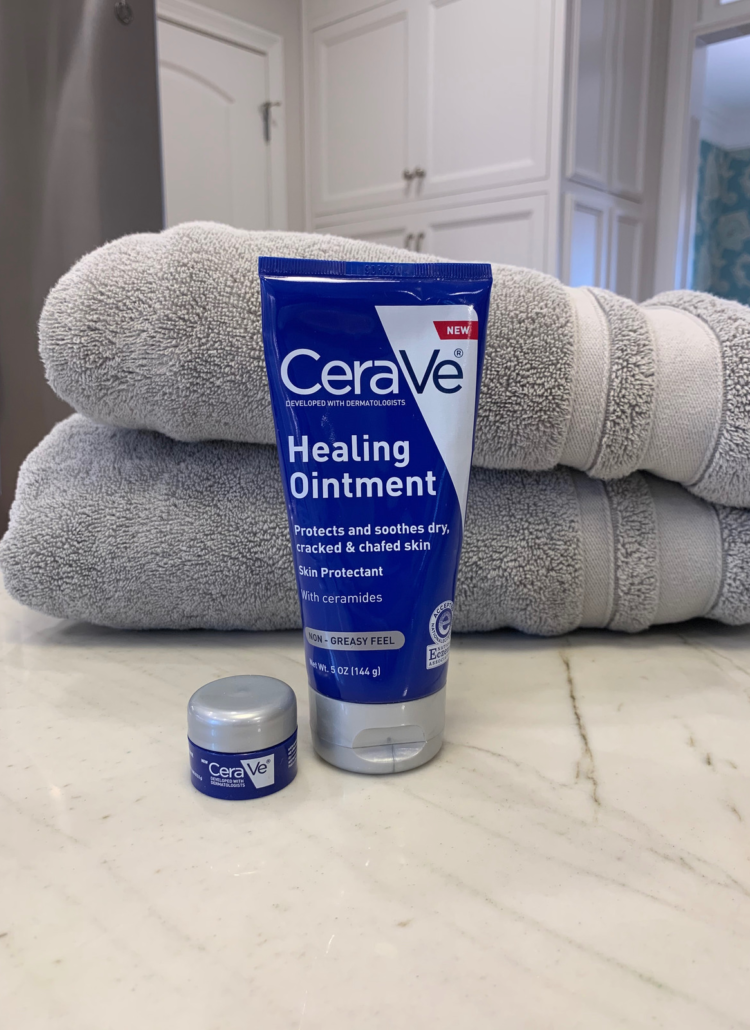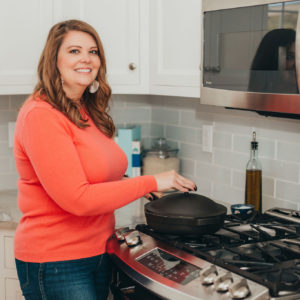If you’ve ever had a bad experience with a chemical peel in the past, you’re not alone. About eight years ago, a spa-administered chemical peel containing sodium benzoate left a lasting impression on my eyelids—literally! Since then, I’ve been hesitant to try chemical peels again.
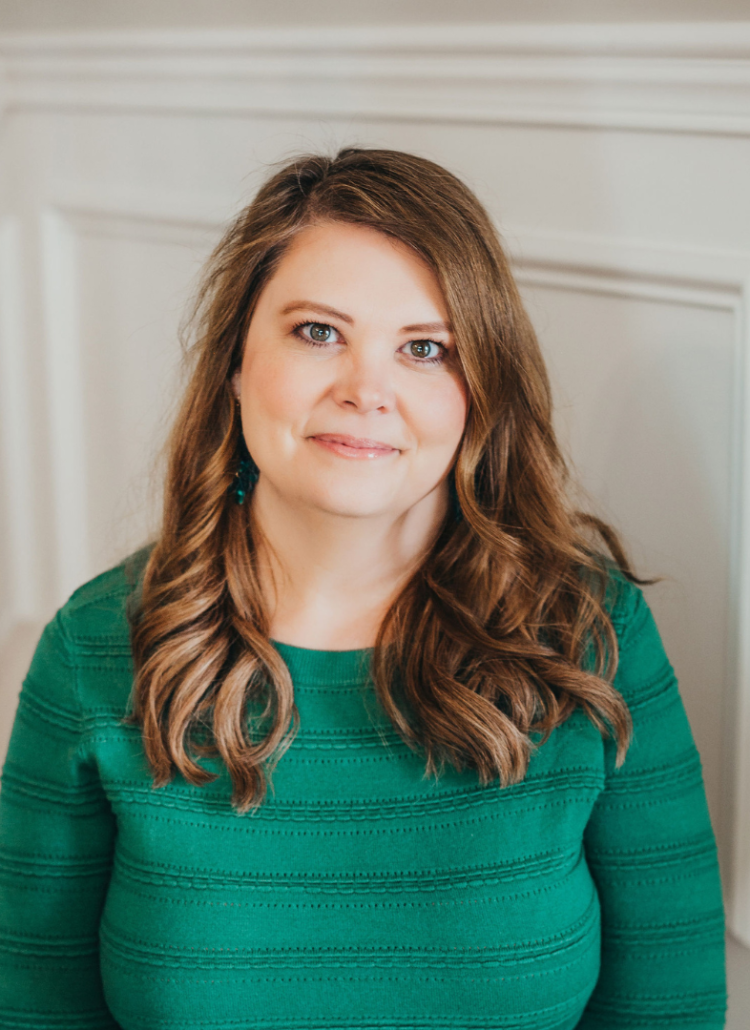
But today, I found out that Neutrogena has released a glycolic acid peel that is free of fragrances and my allergens, and I’m excited to give it a try.
It’s essential to understand the risks associated with chemical peels, especially those containing benzoic acid or its derivatives, like sodium benzoate, for someone with a fragrance or balsam of peru allergy. A fragrance-free glycolic acid peel might be the answer if you’re looking for a safer alternative. This peel is designed to reach the middle and outer layers of skin, making it more effective for removing damaged skin cells. Plus, it’s free of fragrances, so you don’t have to worry about a reaction from fragrance ingredients.
No matter which type of chemical peel you choose, you should consider consulting a dermatologist or other medical professional before getting started. They’ll be able to provide you with guidance and advice on which peel will be best for your skin type and needs.
What is Glycolic Acid
Glycolic acid is alpha hydroxy acid (A.H.A.) derived from sugar cane and is commonly used in skincare products. It is known for its ability to exfoliate the skin, reduce the appearance of wrinkles, and improve skin tone and texture. It can also help to treat acne and offer aging support. Additionally, glycolic acid is a hydrating ingredient and less likely to irritate. This makes it an excellent option for those with dry or sensitive skin. It can also be used to help with clogged pores or skin that looks a little dull or uneven.
How does a Glycolic Acid overnight peel work on your skin?
A glycolic acid overnight peel works on the skin by exfoliating and removing the outermost layer of skin cells and oil. It does this by dissolving the lipids that hold the dead skin cells together. This process is known as chemical exfoliation. It can help to reduce the appearance of wrinkles, acne scars, and dark spots. Additionally, glycolic acid peels can stimulate collagen production in the skin. This can help to reduce the appearance of white stretch marks and help to rebuild the scaffolding of the skin structure.
Neutrogena’s New Glycolic Acid Overnight Peel
When I discovered this new product from Neutrogena was free of my allergens, I almost did a backflip! No, really. When I find a new product I can try safely, it’s exciting news! Neutrogena’s new Glycolic Acid Overnight Peel is a multi-action treatment designed to gently exfoliate, smooth dull, uneven texture, refine the look of pores, and leave skin visibly soft and smooth.
The formula contains 10% glycolic acid, Hyaluronic Acid, and glycerin to help complement the skin’s natural turnover process and soften, smooth, and leave skin with a healthy-looking glow. The formula is free of alcohol, fragrance, parabens, dyes, and phthalates. It comes packaged in a very lovely recyclable glass bottle.
The whole ingredients for Neutrogena Hydro Boost Glycolic Acid Overnight Peel are: Water, Glycolic Acid, Propanediol, Arginine, Glycerin, Sodium Hydroxide, Caprylyl Glycol, Sodium Hyaluronate, Polyquaternium-10, Disodium EDTA *It is important to note this product does contain Propanediol which is a form of propylene glycol. If you are allergic to P.G., this product won’t work.
Can I still use my Tretinoin with Glycolic Acid?
I’ve written a lot here about using Tretinoin and how it’s been an excellent addition to my anti-aging routine. I’m in my mid 40’s, and using tretinoin daily is something I always plan to do. I was nervous about adding glycolic acid into my routine and whether it would be too much.
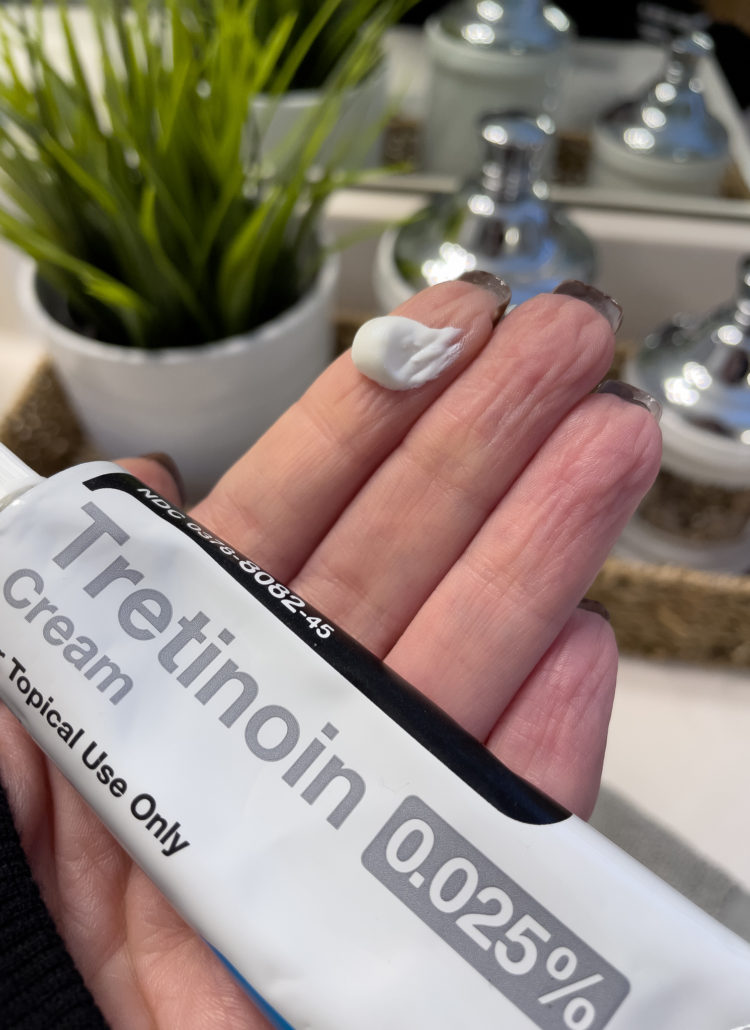
During my research, I was happy to discover that you can use Tretinoin and Glycolic Acid together. I read that when used together, they offer many benefits for your skin. These include lightening age spots, giving skin a smoother, luminous appearance, and reversing wrinkles by building new collagen just beneath the surface of the skin.
However, using these products carefully and slowly introducing them into your skincare routine is important. For example, my dermatologist suggests using Tretinoin alone for a month to allow the skin to adapt and slowly introduce the Glycolic Acid in small amounts and increase it over time. If you begin not to tolerate it well, be sure to back off on the Glycolic Acid.
What are the benefits of retinol?
Found in many over-the-counter products, Retinol is a topical treatment derived from vitamin A. Tretinoin is my preferred route of using retinol and is prescribed by my dermatologist. I currently use the .05% formula in the cream, up from the .025% formulation I used for the first two years. Tretinoin in this particular formulation is free from my allergens. I recommend you check the packaging before picking it up from your pharmacist.
Retinol stimulates new collagen production and reduces the visibility of wrinkles, sun damage, and acne scarring. It can also help to plump and moisten skin, making it an excellent option for more mature-looking skin. Additionally, retinol can help with both acne and skin rejuvenation.
How should I introduce a new product into my routine?
With sensitivities like allergic contact dermatitis, it is essential to self-patch test any new product before introducing it into your daily routine. There’s a straightforward way to do this. R.O.A.T. stands for Repeat Open Application Test, a method used to test for allergic reactions to a new product. To perform R.O.A.T. on a new product, first make a small mark above the testing location (I like to use my inner arm) with a sharpie. Then, twice a day for seven days, apply a small drop of the product under the mark. If, at the end of the seven days, no reaction is observed, you’re likely not allergic to the product. With R.O.A.T., it makes having random reactions less likely.
How do I know if this product is safe for me to use?
If you haven’t visited Skinsafe yet, you’re in for a real treat! SkinSafe is an indispensable resource for people with allergies and skin sensitivities. With its comprehensive database of products, users can make informed decisions about which items are safe to use. With detailed information about ingredients, potential allergens, and other relevant information, SkinSafe provides a comprehensive overview of product safety.
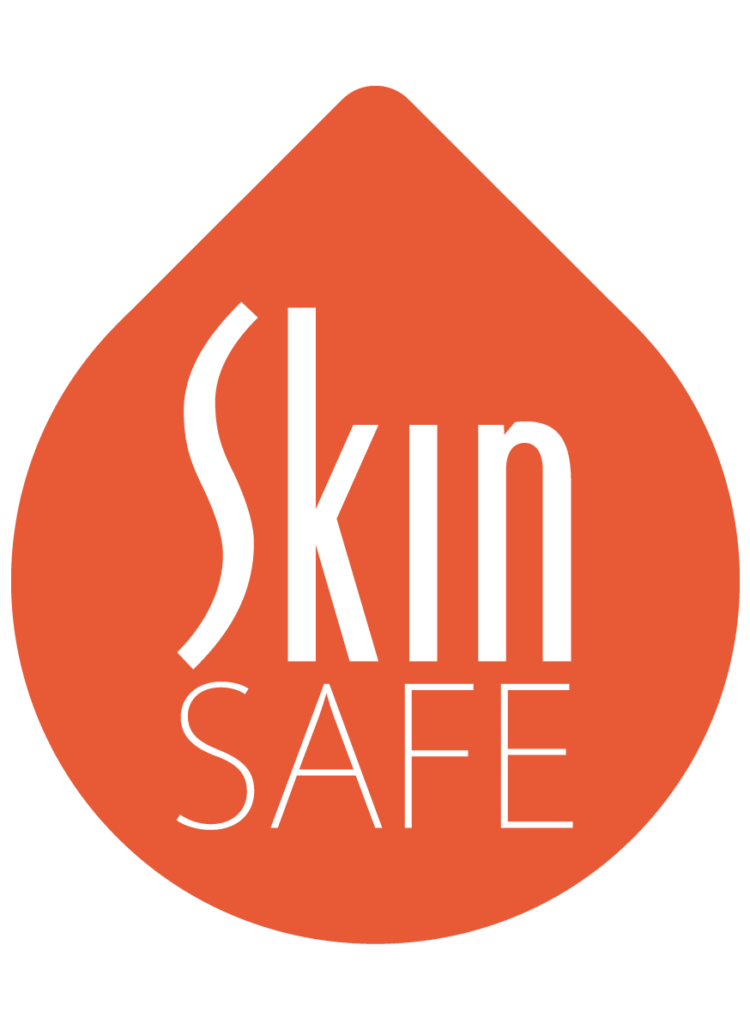
But it’s more than just a database—it’s a lifeline. With resources and advice to help manage allergies and skin sensitivities, SkinSafe is an invaluable resource. I use SkinSafe every single day to look up products for my blog, but also for my everyday life. It has helped keep me reaction free for many years now, and I’m sure it can do the same for you!
If you do not have a personal allergy code for SkinSafe and you know your confirmed allergens via patch test, you can email them to mypac @skinsafeproducts .com and they will set up an account for you. If you do not know your allergens, you can still use their Top Free option on the website. This option eliminates the top allergens the A.C.D.S. (American Contact Dermatitis Society) has deemed most likely to cause contact dermatitis.
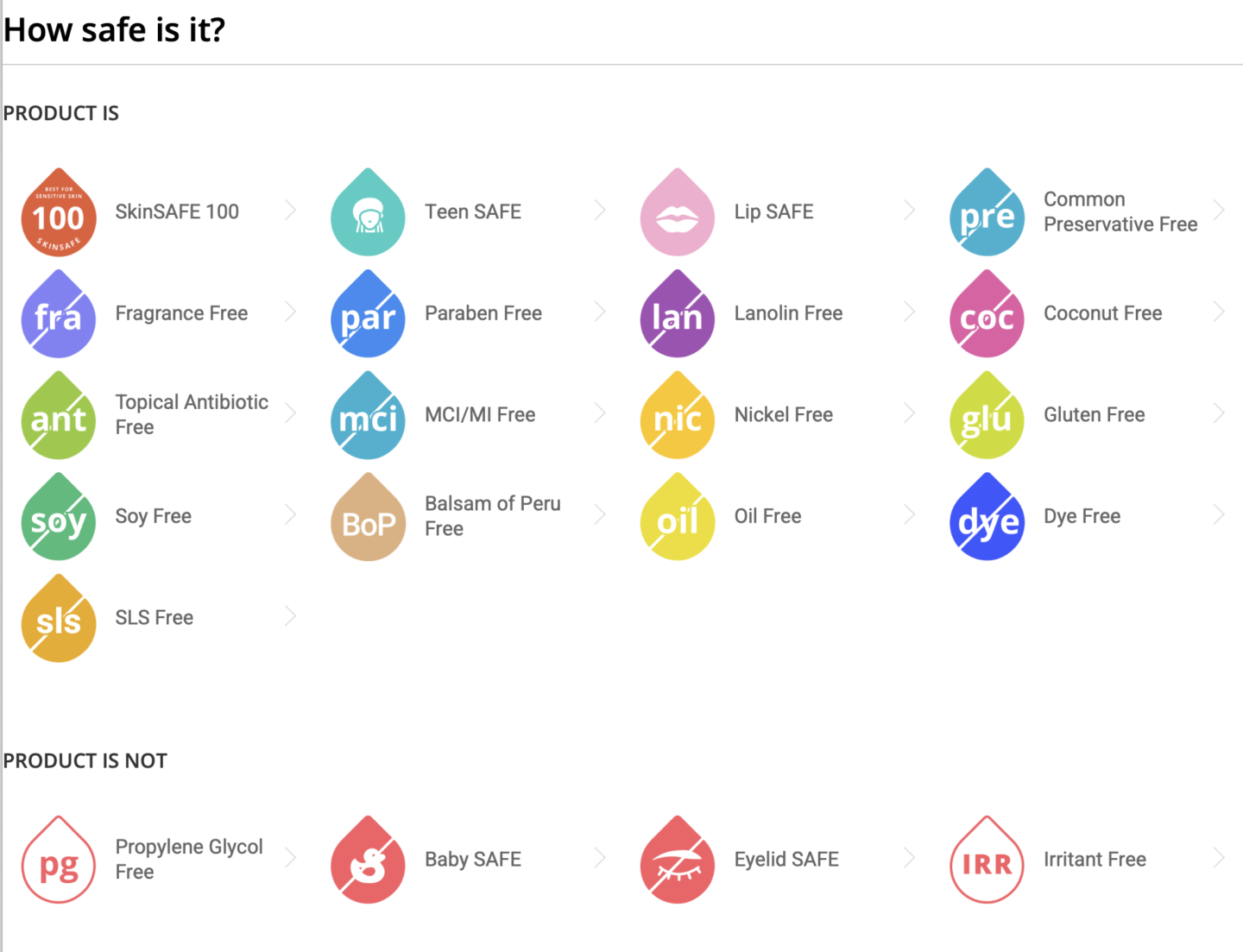
SkinSafe has a website that is very helpful, including a Learning Center. I use this feature often to look up individual ingredients to check if I am allergic to them. This option is only available currently on their website.
Skinsafe also has an app available on smartphones. The app has a scan feature that can be pretty helpful. You can use it to scan products in the store, and it will show if the product is safe for you to use. You also can see what allergens each product contains.
What have your results been?
I recently discovered Neutrogena’s new Glycolic Acid Overnight Peel and have only begun using it. I’ve used Tretinoin for almost three years now. I will let you know about my journey with adding Glycolic Acid to my routine.
I hope this review of Neutrogena’s new Glycolic Acid product has helped you. Let me know if you try it!

